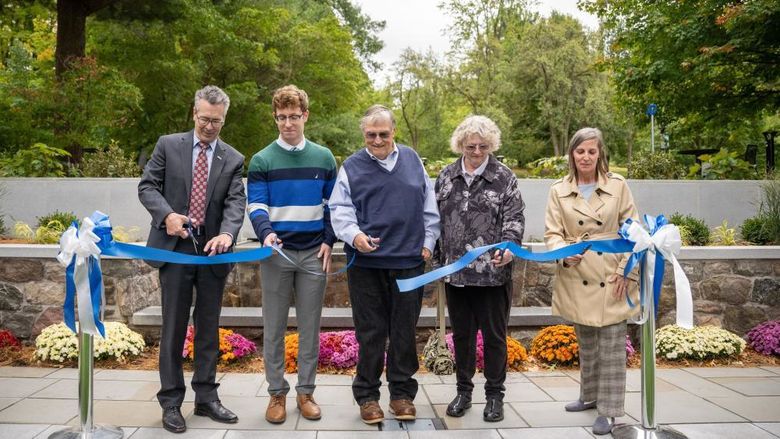
A forestry project at Penn State Behrend will include the removal of dead and diseased trees near the Almy and Ohio residence halls.
ERIE, Pa. — A forestry management project at Penn State Behrend will involve the selective removal of dead or diseased trees on the Behrend campus and in Wintergreen Gorge, beginning this week. The project, which was developed in consultation with foresters at the Pennsylvania Department of Conservation and Natural Resources, will affect approximately 290 trees.
The work will be focused near Behrend’s School of Science complex and the Almy and Ohio residence halls. It will entail the removal of dead or diseased ash, cherry, maple, poplar and oak trees.
“While none of us enjoy removing trees from our beautiful campus and the land we manage in Wintergreen Gorge, that step sometimes is necessary to maintain a safe environment for all those who enjoy this space,” said Sherri A. Mason, the sustainability coordinator at Penn State Behrend. “Removal of trees that are at or near the end of their life cycle reduces the risk of injury. It’s also better for the landscape, because it opens the canopy to allow new growth of younger, healthy trees.”
A forester surveyed the trees in the spring, marking individual trees that pose a risk of injury or damage due to falling limbs. Two species are of particular concern: Ash trees, which are being killed by emerald ash borers, a non-native species of beetle; and cherry trees, which have been infected with brown rot fungus.
Most of the oak trees on the Behrend campus and in Wintergreen Gorge appear to be in good health, according to the forester’s report.
The Behrend campus is home to more than 200 species of trees, including pecan, candlenut and Persian ironwoods. Many were planted by the Behrend family, who traveled extensively and appreciated trees from around the world. The college was designated as an arboretum in 2003 and is a longstanding member of the American Public Gardens Association. To learn more about the arboretum, visit the Arboretum at Penn State Behrend webpage.
Robb Frederick
Director of Strategic Communications, Penn State Behrend





